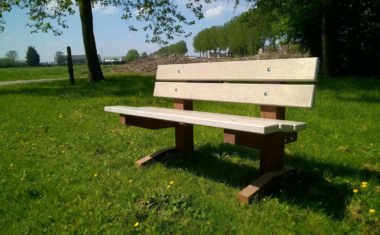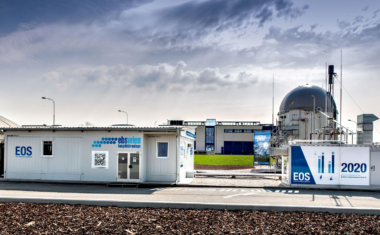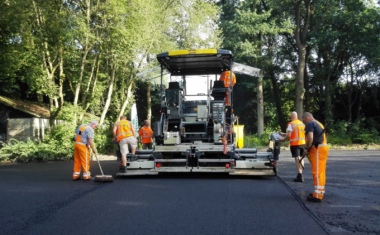Sensor-based Emission Control System for Port Areas
- 6
- 5 min to read

About the city. Hamburg, city and state, is located on the Elbe River in northern Germany. It is the country’s largest port and commercial centre.
Goal
The aim of the project is to understand the air quality impact, emission sourcing of Hamburg’s port area and correlate emission data to individual vessels with AIS and weather data.
Implementation period. The sensor’s implementation began in 2019.
Fact
- Modern air quality monitoring systems are cumbersome, expensive, and difficult to maintain and calibrate.
- Air pollution is now considered one of the biggest environmental health threats of nowadays, leading to an estimated 400,000 premature deaths in the EU each year, according to the European Environment Agency’s Air quality 2017 report in Europe, and costing more than 20 billion euros a year.
- Inhaling “solid particles” (tiny particles less than 0.01 mm in size) can increase the risk of respiratory complaints, heart disease, stroke, and even cancer.
Solutions
Breeze Technologies has installed 35 sensors in Altona that cover the area in the network and take measurements there. The total area of this territory is 14 square kilometres, which makes it the largest of its kind in the world. Another 20 sensors are also distributed throughout the rest of the Hanseatic League city.
The air quality sensors deliver real-time hyperlocal air quality data for a fraction of the price of legacy monitoring hardware. At the same time, they are much smaller than usual sensors, making it possible to deploy them virtually anywhere.
The functions of the sensors are:
- Deploy air quality sensors on the waterfront (including citizens as hosts).
- Collect hyperlocal emission (air quality) data in real-time via an Environmental Intelligence Cloud platform.
- Correlate data with AIS and weather data.
Sensors can measure the following parameters:
Temperature and Humidity, NH3, CO, CO2, NO, NO2, O3, PM10 and PM2.5, SO2, VOCs.
The technologies being used in the project:
- Urban Air Quality Sensors (Breeze Technologies),
- Environmental Intelligence Cloud (Breeze Technologies),
- Project coordination & installation support (Breeze Technologies)
Challenges
At the beginning of the sensor’s installation, the problem of unstable WiFi connections provided by sensor hosts was detected. The company improved sensors so they can now be deployed with a cellular connectivity option.
Team
Breeze Technologies
Timeline
- Increased transparency about immission levels around the port area
- Possibility to source pollution to individual vessels in the port area
- Possibility for SECA/NECA compliance monitoring.
If you notice an error or inaccuracy in our editorials, please email [email protected] so we can look into it.






